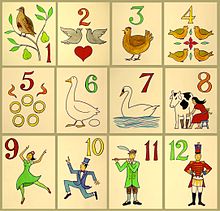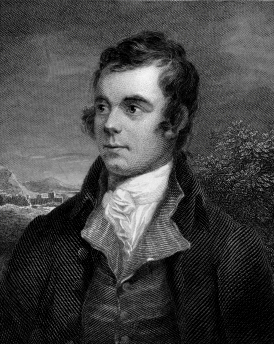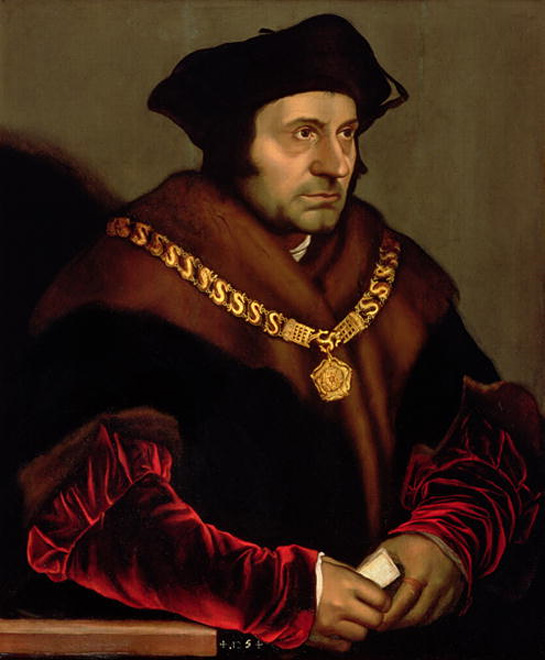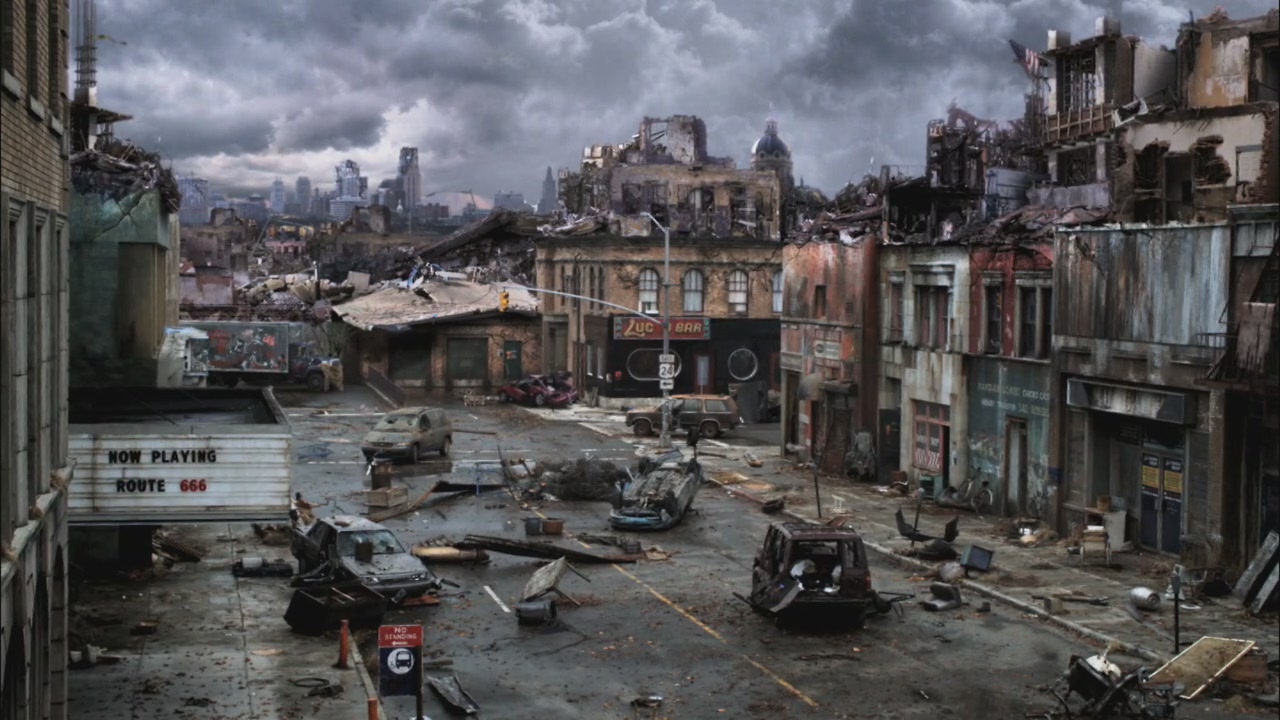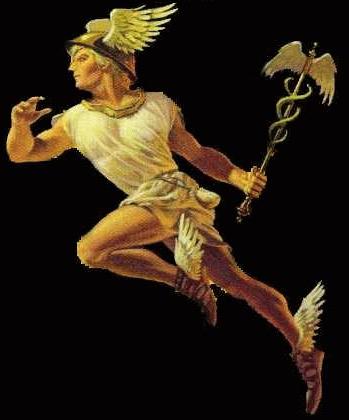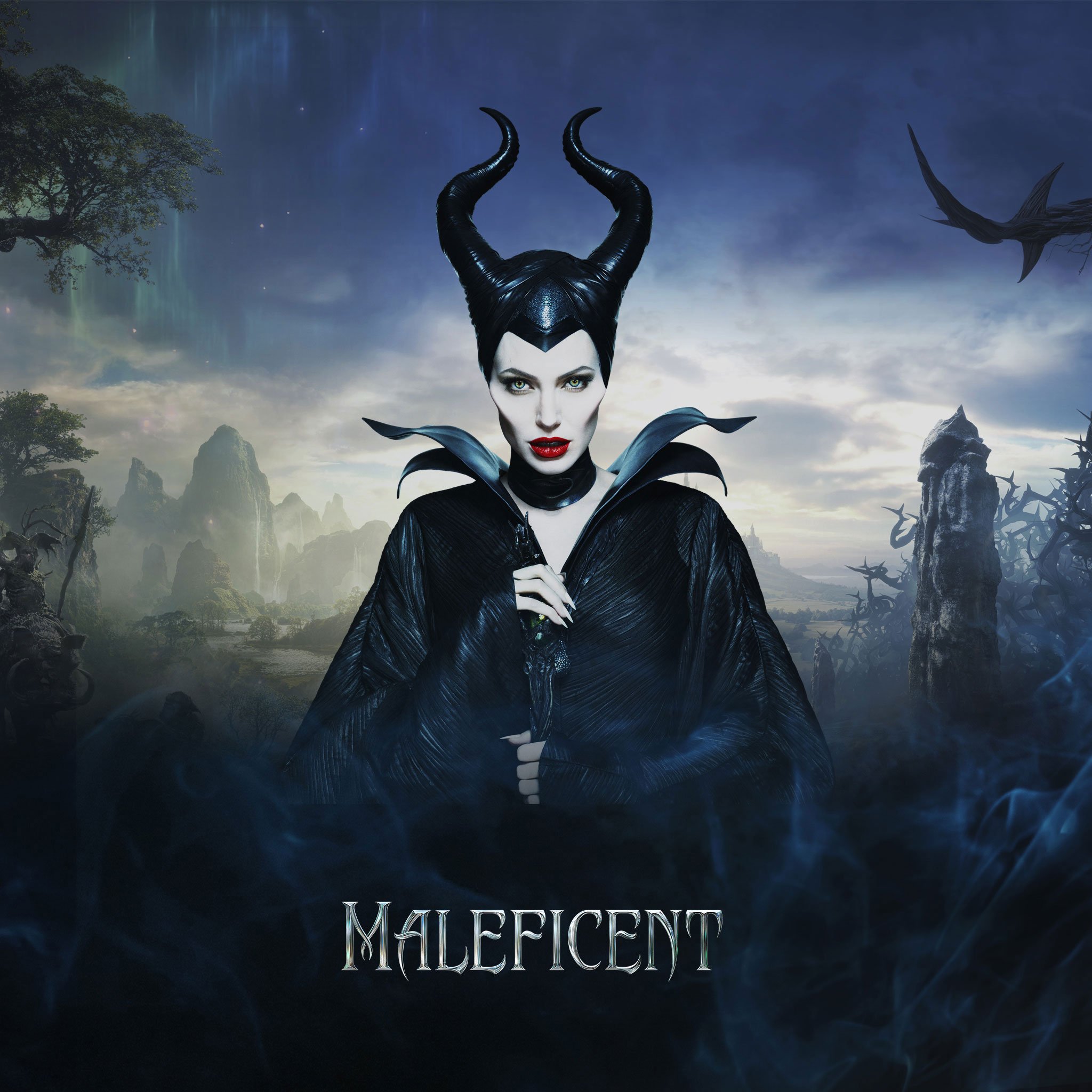Realistic Fiction.

Literary realism is part of the realist art movement beginning with mid nineteenth-century French literature (Stendhal), and Russian literature (Alexander Pushkin) and extending to the late nineteenth and early twentieth century.[1] Literary realism, in contrast to idealism, attempts to represent familiar things as they are.[2] Realist authors chose to depict everyday and banal activities and experiences, instead of using a romanticized or similarly stylized presentation.
Initiation.

Initiation is a rite of passage marking entrance or acceptance into a group or society. It could also be a formal admission to adulthood in a community or one of its formal components. In an extended sense it can also signify a transformation in which the initiate is 'reborn' into a new role. Examples of initiation ceremonies might include Hindu diksha, Christian baptism or confirmation, Jewish bar or bat mitzvah, acceptance into a fraternal organization, secret society or religious order, or graduation from school or recruit training. A person taking the initiation ceremony in traditional rites, such as those depicted in these pictures, is called an initiate.
Quest.

A quest serves as a plot device in mythology and fiction: a difficult journey towards a goal, often symbolic or allegorical. Tales of quests figure prominently in the folklore of every nation[1] and ethnic culture. In literature, the object of a quest requires great exertion on the part of the hero, who must overcome many obstacles, typically including much travel. The aspect of travel allows the storyteller to showcase exotic locations and cultures (an objective of the narrative, not of the character).[2] The object of a quest may also have supernatural properties, often leading the protagonist into other worlds and dimensions. The moral of a quest tale often centers on the changed character of the hero.
Adventure.

An adventure is an exciting or unusual experience. It may also be a bold, usually risky undertaking, with an uncertain outcome.[1]Adventures may be activities with some potential for physical danger such as traveling, exploring, skydiving, mountain climbing, scuba diving, river rafting or participating in extreme sports. The term also broadly refers to any enterprise that is potentially fraught with physical, financial or psychological risk, such as a business venture, or other major life undertakings.
Bildungsroman.

In literary criticism, a Bildungsroman (German pronunciation: [ˈbɪldʊŋs.ʁoˌmaːn]; German: "novel of formation, education, culture"),[a] novel of formation, novel of education,[2]or coming-of-age story (though it may also be known as a subset of the coming-of-age story) is a literary genre that focuses on the psychological and moral growth of the protagonist from youth to adulthood (coming of age),[3] in which character change is extremely important.[4][5]
The Adventures of Tom Sawyer.

The Adventures of Tom Sawyer by Mark Twain is an 1876 novel about a young boy growing up along the Mississippi River. It is set in the fictional town of St. Petersburg, inspired by Hannibal, Missouri, where Twain lived.[2] Tom Sawyer lives with his Aunt Polly and his half-brother Sid. He skips school to swim and is made to whitewash the fence the next day as punishment. He cleverly persuades his friends to trade him small treasures for the privilege of doing his work. He then trades the treasures for Sunday School tickets which one normally receives for memorizing verses consistently, redeeming them for a Bible, much to the surprise and bewilderment of the superintendent who thought "it was simply preposterous that this boy had warehoused two thousand sheaves of Scriptural wisdom on his premises—a dozen would strain his capacity, without a doubt."
The Little Mermaid- Part of Your World.
Howl's Moving Castle.
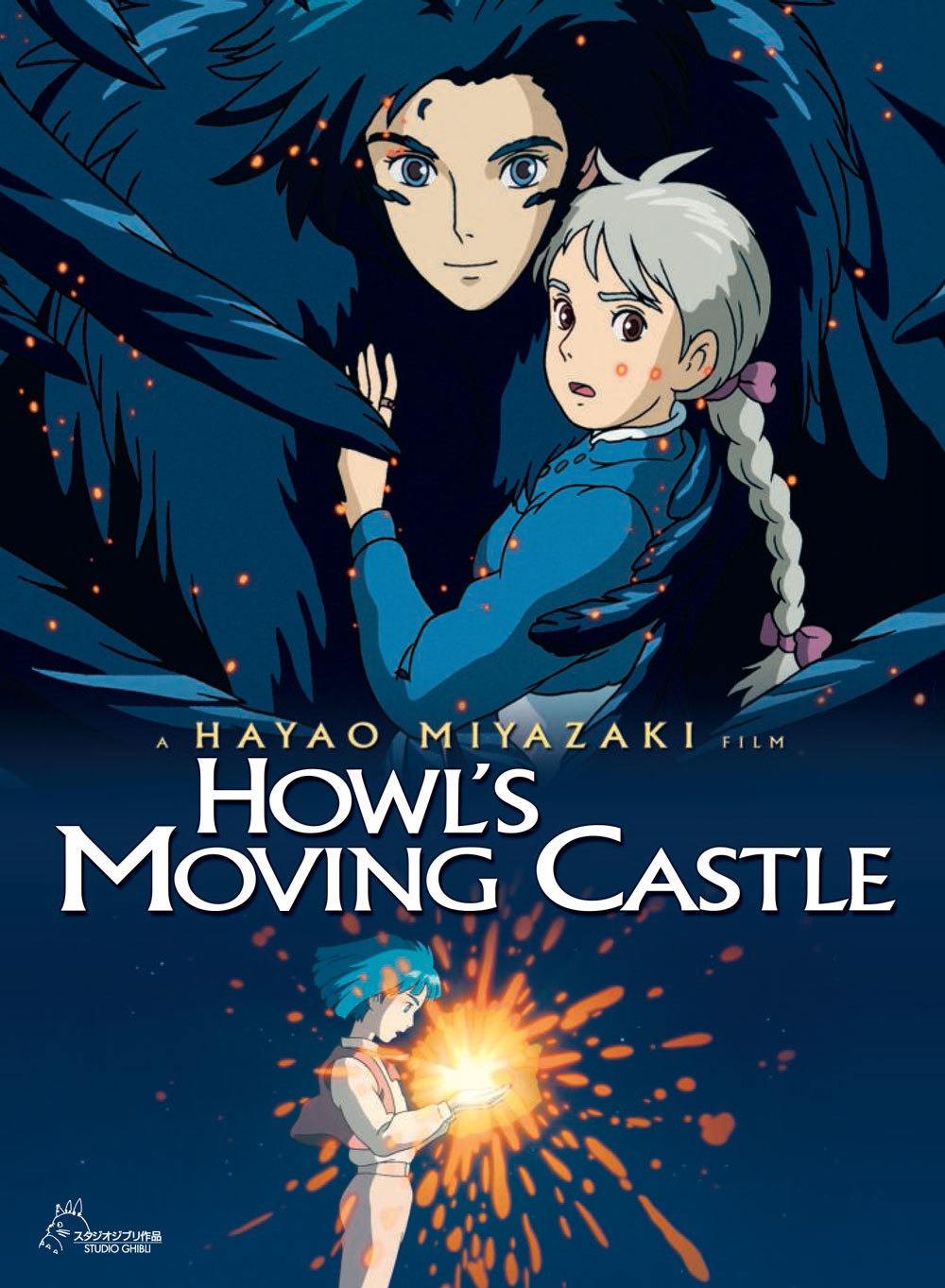
Howl's Moving Castle is a fantasy novel by British author Diana Wynne Jones, first published in 1986 by Greenwillow Books of New York. It was a runner-up for the annual Boston Globe–Horn Book Award[3] and it won the Phoenix Award twenty years later, recognizing its rise from relative obscurity.[4] In 2004 it was adapted as an animated film of the same name, which was nominated for the Academy Award for Best Animated Feature.
Howl's Moving Castle is the first novel in the series of books called the Howl Series. This series also includes Castle in the Air, published in 1990, and House of Many Ways, published in 2008. WorldCat reports that Howl's Moving Castle is the author's work most widely held in participating libraries, followed by its first sequel Castle in the Air.[5]
For the idea Jones "very much" thanked "a boy in a school I was visiting", whose name she had noted but lost and forgotten. He had "asked me to write a book titled The Moving Castle."
Twister (1996).

Twister is a 1996 American disaster film starring Bill Paxton and Helen Hunt as storm chasers researching tornadoes. It was directed by Jan de Bont from a screenplay by Michael Crichton and Anne-Marie Martin. Its executive producers were Steven Spielberg, Walter Parkes, Laurie MacDonald and Gerald R. Molen. Twister was the second-highest-grossing film of 1996 domestically, with an estimated 54,688,100 tickets sold in the US.[2]
In the film, a team of storm chasers tries to perfect a data-gathering instrument, designed to be released into the funnel of a tornado, while competing with another better-funded team with a similar device during a tornado outbreak across Oklahoma. The plot is a dramatized view of research projects like VORTEX of the NOAA. The device used in the movie, called "Dorothy," is copied from the real-life TOTO, used in the 1980s by NSSL.
Elton John- Goodbye Yellow Brick Road.
Somewhere Over The Rainbow.

